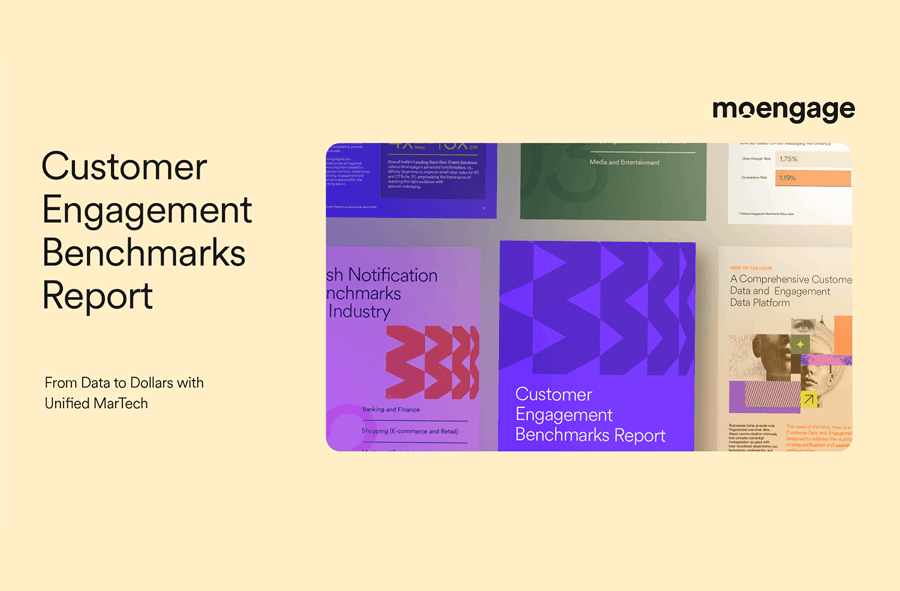Six Ways To Successfully Blend In-Store And Online Retail Experiences
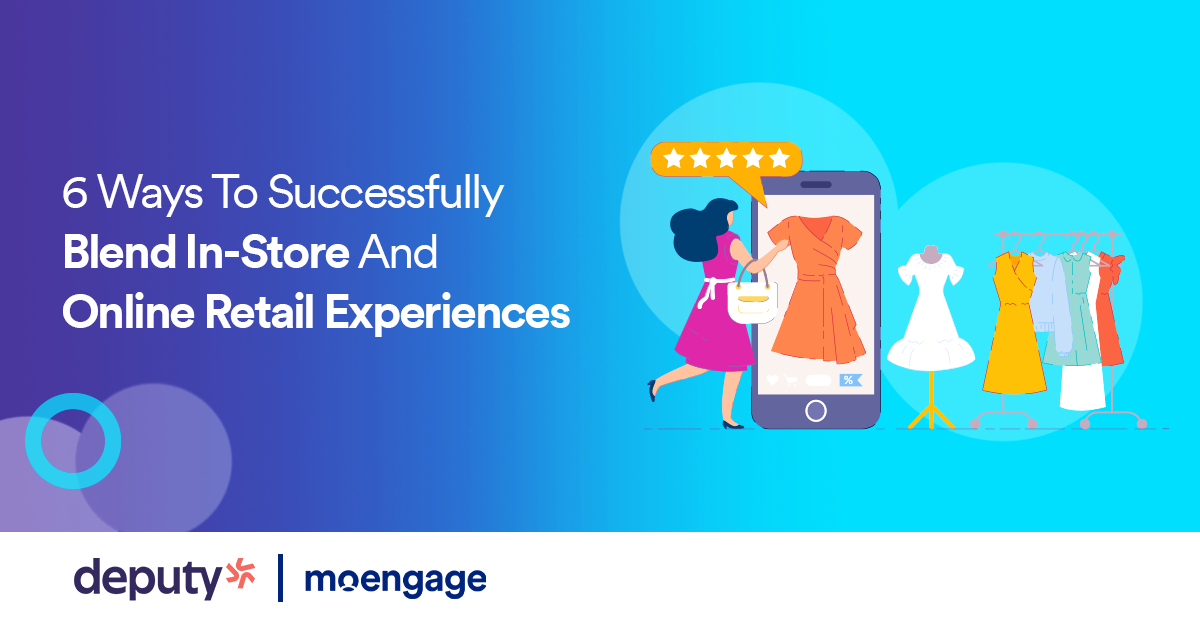
Reading Time: 4 minutes
Omnichannel marketing has always played an important role in retail. With no small thanks to the pandemic, shoppers have embraced E-commerce like never before. However, in-store shopping is far from obsolete, which means brands need to work even harder to blend these two experiences if they are to run a successful retail business.
Consistency, personalization, and trust are three important elements of the retail omnichannel experience, and today we’ll be looking at six ways to ensure your customers have a truly enjoyable one.
1. Have a click-and-collect option
An amazing way to blend the best of both worlds is by providing a click-and-collect service. It offers the convenience (and safety) of online shopping, yet it also adds the benefit of being able to see the items in real life, at the store during collection. If an item turns out to be not quite what the shopper was looking for, they are able to return it on the spot.
68% of Americans are already relying on the click-and-collection option, but an even more important statistic is that 85% of them also make an additional purchase while on the premises.
Zara offers this option free of charge. They have also cleverly omitted to offer a free home delivery option, making in-store pickup very likely, and practically guaranteeing another sale.
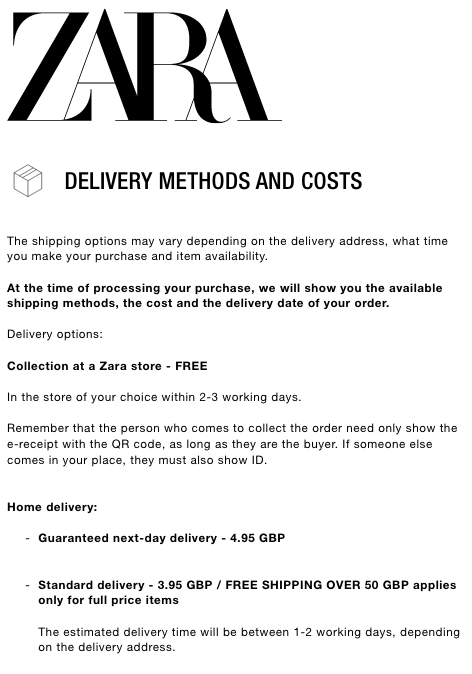
2. Showcase your website in stores
The best way to bring your online retail experience into your store is to allow shoppers to browse your website on the premises (for example, by installing large touchscreens).
This allows you to provide instant access to your entire stock and makes finding the right product much simpler. Customers no longer have to walk around to find an item, they can find information on their own, with the option to have a shop assistant help them before checkout.
This tactic also provides better search and filtration options, and customers are likely to spot an item that may not be on display at their current location, but they are able to order online.
Nike has incorporated this tactic in some of their stores and is able to convert customers who prefer to shop online in-store. The only potential downside is that a shopper may leave feeling dissatisfied if they are not able to make a purchase on the spot. However, by allowing them to book a delivery right then and there, even this can be prevented.
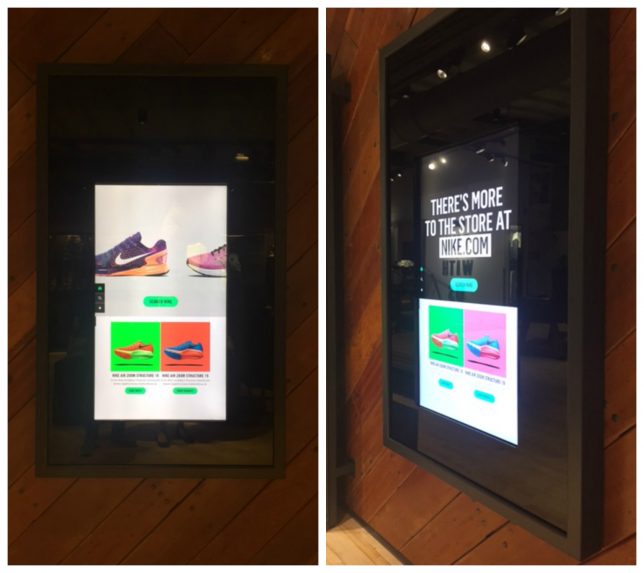
3. Swap out your teams
By ensuring that your in-store personnel gets to see what the staff handling online orders and complaints has to deal with and vice versa, you’ll significantly boost their understanding of the entire customer experience. They will then become better equipped to handle all kinds of questions, will know more about the stock and the website and the best ways to purchase or return a certain item.
Make sure you don’t inadvertently cause any scheduling conflicts though, and only make these swaps when neither of your stores is expecting a large influx of customers. Do your best to encourage your staff by providing the right motivation and inspiration. They may feel confused and insecure when swapping roles, so do your best to encourage them.
4. Offer digital checkout at your stores
Consumers dislike waiting in line and will forgo making a purchase if the wait is longer than 8 minutes. By letting customers check for the availability of an item online while they are in your store and having runners ready to grab said item from the warehouse, you can significantly reduce checkout times and improve the user experience.
Aldo has embraced this mode of operation by giving both their staff and their customers access to mobile apps that provide details on available stock, provide product recommendations, and allow customers to track the models they have already tried on.
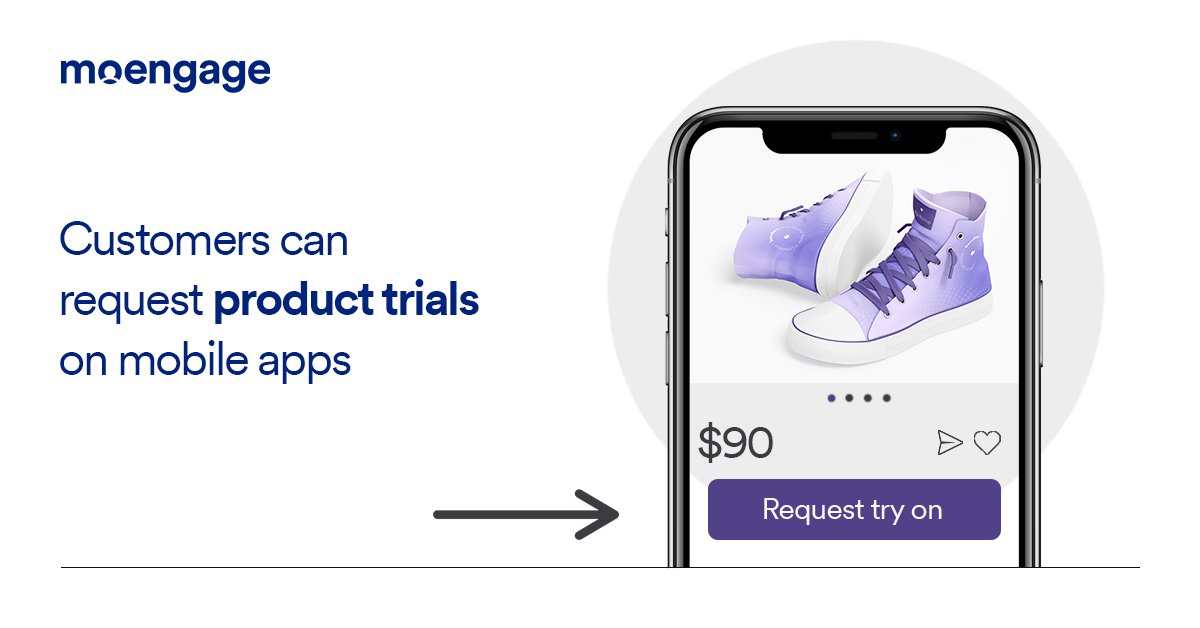
5. Ask in-store customers for online reviews
By asking your in-store customers to leave online reviews of your products while they are checking out, you will be boosting the online experience of others.
Most shoppers like to examine a product in real life before they make a purchase, but they will have already looked it up online as well. If they are also able to read others’ opinions on the quality of the materials, the size, the color, etc. they are much more likely to make an immediate online purchase.
6. Provide a personalized in-store feel to online shopping
Personalization in retail is incredibly important. And while there is a lot you can do online to tailor your offers to individual customers, you can also adopt some in-store tactics.
Offer a personal virtual sales assistant, who can chat or have a video call with a customer and help them make a choice. They can also show the actual items to the shopper via video and even try them on. You will just need to introduce a pairing system that matches the assistant’s weight and height to the customer.
Adding 360-degree images to your online store or featuring a video for every item that shows the flow and the cut in more detail, can also add that in-store feel to an otherwise rather one-dimensional online experience.
By embracing omnichannel marketing, you can blend your online and in-store retail experiences, ensuring your customers have a seamless experience, and that they make the most of your offer, both in the digital and in the real world.





